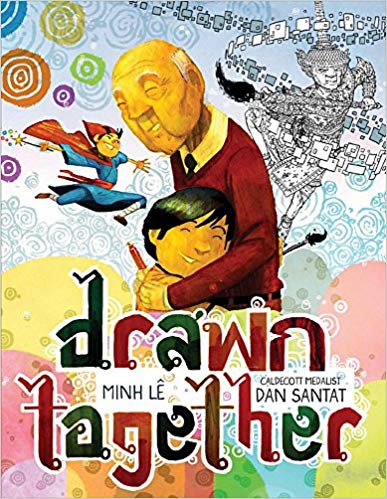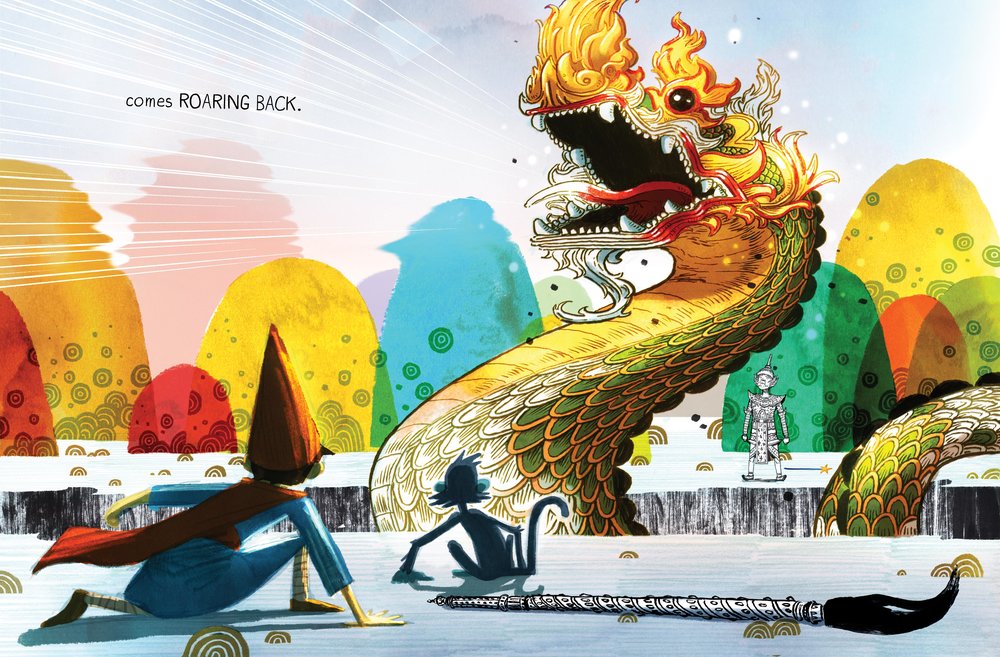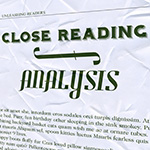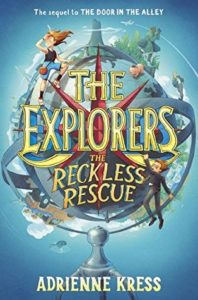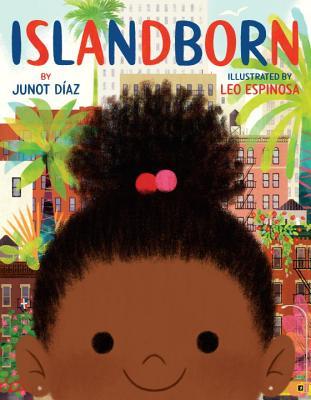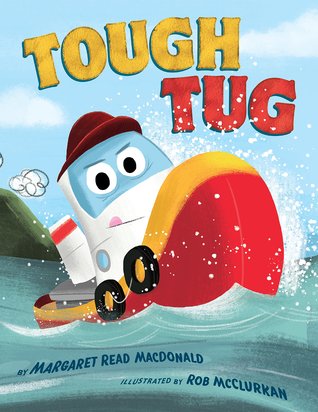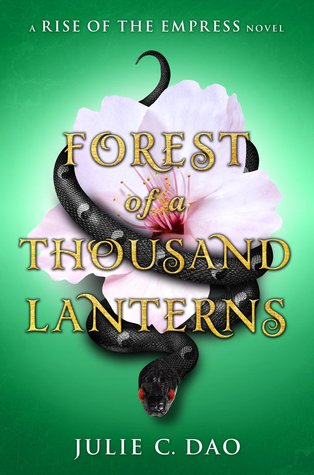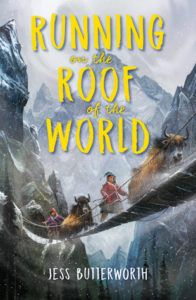
Running on the Roof of the World
Author: Jess Butterworth
Published May 1st, 2018 by Algonquin Young Readers
Summary: A story of adventure, survival, courage, and hope, set in the vivid Himalayan landscape of Tibet and India.
Tash lives in Tibet, where as a practicing Buddhist she must follow many rules to avoid the wrath of the occupying Chinese soldiers. Life remains peaceful as long as Tash, her family, and their community hide their religion and don’t mention its leader, the Dalai Lama.
The quiet is ruptured when a man publicly sets himself on fire to protest the occupation. In the crackdown that follows, soldiers break into Tash’s house and seize her parents. Tash barely escapes, and soon she and her best friend, Sam, along with two borrowed yaks, flee across the mountains, where they face blizzards, hunger, a treacherous landscape, and the constant threat of capture. It’s a long, dangerous trip to the Indian border and safety—and not all will make it there.
This action-packed novel tells a story of courage, hope, and the powerful will to survive, even in the most desperate circumstances.
About the Author [from her website]: As a child I wanted to be many things, including a vet and even David Attenborough, but throughout all of those ideas, I always wanted to write. So I studied creative writing as a BA(hons) at Bath Spa University, where I won the Writing for Young People Prize in 2011. I then completed a Master’s in Writing for Young People, also at Bath Spa University, and graduated in 2015.
My first two novels, RUNNING ON THE ROOF OF THE WORLD and WHEN THE MOUNTAINS ROARED are set in the Himalayas. My family on my Dad’s side has lived in India for seven generations and I spent much of my childhood in India too. My father was a trek leader and we lived on a remote foothill above Dharamsala, where the Dalai Lama and a Tibetan community in exile is settled. My mother’s family lived in London, where I was born. She was off on her own adventure, travelling in India, when she met my dad. Growing up, I would always write about the Himalayas when I was in the UK and missing the mountains or my dad and grandparents who still lived there.
Although RUNNING ON THE ROOF OF THE WORLD is fiction, it is inspired by a journey that tens of thousands of Tibetans have braved. I wanted to write a story that is relevant to today and grounded in events, places and communities I care about deeply.
Now I live between Louisiana in the US and Frome in the UK, and you’ll often find me back in the Himalayas too.
Review: We all have knowledge gaps. I try to learn as much as I can about the world and others unlike me, and this story took me to Tibet and showed me a struggle happening that I was unaware of. While reading and since reading, I have spent hours reading about the history and current affairs of Tibet.
But other than smacking me in the face with this truth and taking place in a setting and from a point of view that is not often shared in middle grade and young adult novels, it also is a page-turning survival adventure. Tash and Sam must face a trek that hundreds of thousands have done, but they are doing it alone with only help from a few yaks and maybe some unexpected allies.
I included the author’s biography in her own words above because I think it is important to see that although this book may not be an own voices per se, it is written by someone who lived in the area and cares deeply about the people who live near the Himalayas.
Teachers’ Tools for Navigation: I would love to see this book and others from countries in other continents as part of a lit circle or in-class book club within middle school or high school classrooms to allow kids to see the world outside of their small area. Some other texts could be: Tiger Boy by Mitali Perkins, Rickshaw Girl by Mitali Perkins, Refugee by Alan Gratz, Diamond Boys by Michael Williams, Now is the Time for Running by Michael Williams, Golden Boy by Tara Sullivan, Serafina’s Promise by Ann E. Burg, Endangered by Eliot Schrefer, Son of a Gun by Anne de Graaf, Long Walk to Walter by Linda Sue Park, The Glass Collector by Anna Perera, Sold by Patricia McCormick, The Breadwinner by Deborah Ellis, Homeless Bird by Gloria Whelan, La Linea by Ann Jaramillo, and I am sure there are more that I just don’t know. In addition to the novels, students could read news articles about the current events that connect with what they read in their fiction novels.
Discussion Questions:
- Why do Tash and Sam have to leave Tibet?
- What are Tash’s parents doing that is so dangerous?
- What is the geography like between Tibet and India?
- What religion is Tash and Sam if they are going to see the Dalai Lama?
- How do the yaks impact the success or failure of Tash and Sam’s journey?
- What did the message in the letter end up meaning?
Flagged Passages: “Chapter 17: Journey
Eve steps into a ditch and I slide forward, slamming into the hump above her shoulders.
‘Sorry, Eve,’ I mutter, shuffling back to find my balance.
Being a yak rider should run in my blood but my leg muscles ache from clinging on so tightly.
We approach the thick wire fence that surrounds the village. Two rocks stand to our right like giant guards.
Please let it be clear.
Sam dismounts. He moves slowly toward them, crushing the gravel under his boots.
‘There’s no one here!’ he shouts.
‘Is the fence still broken?’ I ask.
He nods and disappears between rocks with Bones.
I follow him. The rusty fence has bowed to the ground where the boulder fell and flattened it. The space between the rocks is just big enough to squeeze Eve through, though I have to tug at her harness to get her to move. As I step over the fence, my heart jumps.
We’re escaping.”
Read This If You Love: Books about climing mountains like Peak and The Edge by Roland Smith, survival books like Orphan Island by Laurel Snyder, or books that expand your reading borders like the books listed above
Recommended For:

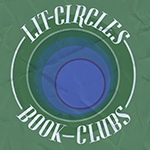

**Thank you to Brooke at Algonquin for providing a copy for review!**
